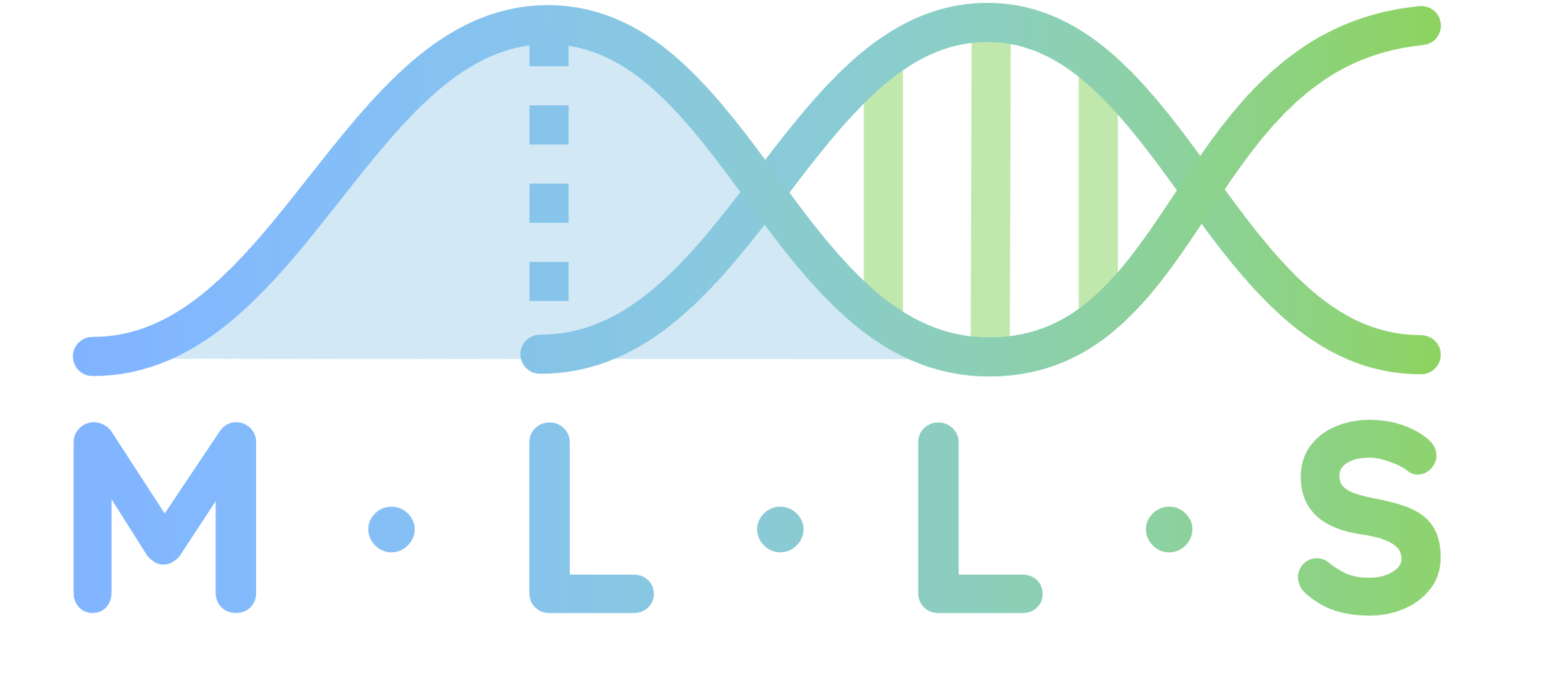Optimizing jumps in Super Mario Bros#

About#
Levels from the classic game Super Mario Bros can be considered as \(14\times 14\) words, where the tokens correspond to the ground floor, pipe parts, enemies, etc [Summerville et al., 2016].
This black box provides access to a simulator which takes levels as arrays of strings [b, 14*14] and returns the number of jump actions performed by an artificial agent1, or NaN if the agent was not able to finish the level [Khalifa, 2009, Volz et al., 2018].
This is a good toy example for constrained discrete optimization, where the constraints are given by whether the agent is able to solve the level or not.
Prerequisites#
This black box will require a virtual frame buffer or a screen.
Running this in a cluster?
If you plan to run this inside an HPC cluster or a dockerized container, make sure you have Xvfb available.
Once you do, we recommend setting up a screen by running something like
Xvfb :99 -screen 0 1024x768x24 -ac +extension GLX +render -noreset &
The & at the end will allow the process to run in the background. We also recommend you set DISPLAY=:99 as an environment variable.
How to run#
from poli.objective_repository import (
SuperMarioBrosBlackBox,
SuperMarioBrosProblemFactory,
)
# Creating the black box
f = SuperMarioBrosBlackBox()
# Creating a problem
problem = SuperMarioBrosProblemFactory().create(visualize=False)
f, x0 = problem.black_box, problem.x0
# Let's print the level
print(x0.reshape(1, 14, 14))
# Querying (the flattened level):
print(f(x0))
How to cite#
If you use this black box, we expect you to cite the following resources:
[1] Khalifa, Ahmed. (2009). The Mario AI Framework. GitHub. Available at: amidos2006/Mario-AI-Framework. Accessed on 12th of April, 2024.
[2] Togelius, J., Karakovskiy, S., & Baumgarten, R. (2010). The 2009 Mario AI Competition. In IEEE Congress on Evolutionary Computation (pp. 1-8). doi:10.1109/CEC.2010.5586133
[3] Volz, Vanessa, Simon M. Lucas, Jacob Schrum, Adam Smith, Jialin Liu, and Sebastian Risi. “Evolving Mario Levels in the Latent Space of a Deep Convolutional Generative Adversarial Network.” GECCO 2018 - Proceedings of the 2018 Genetic and Evolutionary Computation Conference, 2018, 221–28. https://doi.org/10.1145/3205455.3205517.
[4] González-Duque, M., Bartels, S., & Michael, R. (2024). poli: a libary of discrete sequence objectives [Computer software]. MachineLearningLifeScience/poli
@misc{Khalifa:marioAIFramework:2009,
title = {The Mario AI Framework},
author = {Ahmed Khalifa},
year = {2009},
howpublished = {\url{https://github.com/amidos2006/Mario-AI-Framework}},
note = {Accessed: 20/03/2024}
}
@INPROCEEDINGS{MarioAICompetition:Baumgarten:2010,
author={Togelius, Julian and Karakovskiy, Sergey and Baumgarten, Robin},
booktitle={IEEE Congress on Evolutionary Computation},
title={The 2009 Mario AI Competition},
year={2010},
volume={},
number={},
pages={1-8},
doi={10.1109/CEC.2010.5586133}
}
@article{Volz:MarioGAN:2018,
title={Evolving Mario levels in the latent space of a deep convolutional generative adversarial network},
ISSN={9781450356183},
DOI={10.1145/3205455.3205517},
journal={GECCO 2018 - Proceedings of the 2018 Genetic and Evolutionary Computation Conference},
author={Volz, Vanessa and Lucas, Simon M. and Schrum, Jacob and Smith, Adam and Liu, Jialin and Risi, Sebastian},
year={2018},
pages={221–228}
}
@software{Gonzalez-Duque:poli:2024,
author = {González-Duque, Miguel and Bartels, Simon and Michael, Richard},
month = jan,
title = {{poli: a libary of discrete sequence objectives}},
url = {https://github.com/MachineLearningLifeScience/poli},
version = {0.0.1},
year = {2024}
}
- 1
The agent in question is Robin Baumgarten’s A* agent, which won the 2009 MarioAI competition [Togelius et al., 2010].

